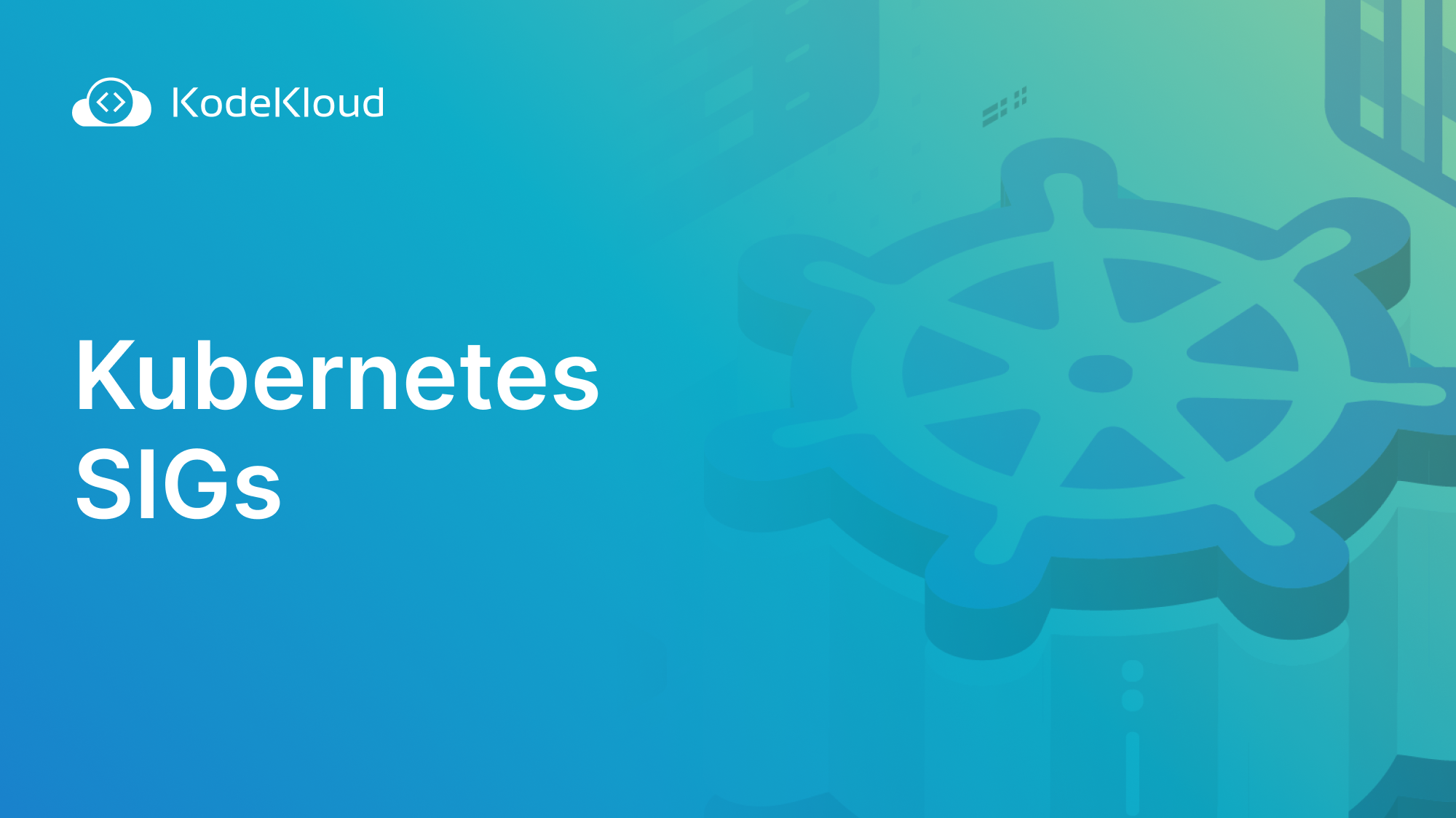Kubernetes, a titan in the open-source world, boasts impressive stats on GitHub: over 80,000 stars, 2,500 contributors, and a staggering 1 million contributions. Originating from Google in 2014, Kubernetes has become the go-to for orchestrating container-based applications, with contributions from heavyweights like Microsoft and AWS. Its journey from a handful of developers to a thriving community of over 3,000 contributors is a testament to its value and impact in the tech world.
Imagine orchestrating a project as complex as building a skyscraper in a bustling city. That's akin to managing Kubernetes, a large-scale project with myriad components like architecture, security, API, CLI, auto-scaling, and more. The challenge? It's an open-source project without a single entity overseeing it end to end.
Enter the Kubernetes Steering Committee, the project's guiding force, akin to a board of directors.
What is the Kubernetes Steering Committee?
This is a diverse group, elected based on contributions and expertise, who steers the project, sets priorities, resolves conflicts, and shapes the architecture.
Then there are the Special Interest Groups (SIGs) and Working Groups. These are like specialized teams in a construction project, each focusing on a specific area like architecture, networking, or storage.
They handle everything from code development and testing to documentation and community outreach. This structure ensures streamlined development, faster innovation, and organized collaboration without stepping on each other's toes.
Special Interest Groups (SIGs) in Action
Kubernetes Special Interest Groups, or SIGs, are the engine room of this massive project. Think of them as dedicated teams, each laser-focused on a specific aspect of Kubernetes, much like specialized departments in a large corporation.
SIGs tackle a range of tasks, from coding new features and squashing bugs to validating Kubernetes releases and ensuring they meet quality standards. They're also the custodians of Kubernetes documentation, playing a pivotal role in community education and outreach.
How do these groups function in such a vast project? Openness and inclusivity are key. Meetings are open to all, often held online, and decisions are made transparently. Communication channels like mailing lists, Slack channels, and GitHub foster collaboration and discussion.
SIGs also use a unique process called Kubernetes Enhancement Proposals (KEPs) to propose and discuss changes. This democratic process involves debate and refinement of ideas before implementation.
Each SIG, led by chairs or co-chairs, operates like a mini community with its own focus, governance, and election process. This decentralized approach allows Kubernetes to manage its sprawling scale and complexity effectively.
Electing SIGs and Community Involvement in Kubernetes
The election of SIGs in Kubernetes is a process that mirrors democratic principles. It starts with a community member proposing the formation of a new SIG or the addition of new members to an existing one. This proposal is then scrutinized by the Kubernetes Steering Committee to ensure alignment with the community's goals and priorities.
Once a SIG is formed or new members are added, it's up to the SIG itself to elect its leaders. This typically involves a nomination process followed by a vote among SIG members. The specifics can vary, reflecting the unique needs of each SIG and the broader Kubernetes community.
The elected leaders are tasked with a significant responsibility: guiding the SIG's work and ensuring its contributions effectively support the Kubernetes project. It's a role that demands both technical expertise and leadership skills, ensuring that each SIG remains focused and effective in its domain.
This open and inclusive approach to governance not only ensures that Kubernetes remains a community-driven project but also encourages active participation from a diverse range of contributors. It's a testament to the power of collaborative, open-source development.
Getting Involved in the Kubernetes Community
Joining the Kubernetes community is not just about contributing code; it's about being part of a vibrant, collaborative ecosystem. Whether you're a seasoned developer or new to the field, there's a place for you. Here's how you can dive in:
- Join the Community Channels: Start by joining the Kubernetes Slack channel and mailing list. It's your gateway to the community, where you can connect with other members, ask questions, and stay updated.
- Learn the Basics: Before jumping in, familiarize yourself with Kubernetes. Understanding the basics is crucial to contributing meaningfully.
- Attend SIG Meetings: Pick a SIG that aligns with your interests and attend their meetings as a listener. It's a great way to understand how things work and where you can contribute.
- Participate in Events: Engage with the community by attending meetups, webinars, and conferences. These events are excellent opportunities for learning and networking.
- Start Small: Look for small tasks or issues that need owners. Contributing to these can be a great starting point and help you get a feel for the project.
- Contribute Code: Once you're comfortable, start contributing code to the Kubernetes project. Every contribution, no matter the size, is valuable.
Remember, the Kubernetes community values inclusivity and collaboration over individual prowess. It's a space where your contributions, big or small, are welcomed and appreciated.
Interested in exploring Kubernetes further? Check out our courses:
.png)
.png)
More on Kubernetes:
- 4 DevOps Metrics You Need To Track Quality And Performance
- Top 15 DevOps Automation Tools You Should Learn in 2024
- Top 10 Cloud Computing Skills You Need in 2024
- Kubernetes Pods Stuck in Terminating: A Resolution Guide
- How to Collect Kubernetes Events and Extract Values
- Container Security Best Practices in DevOps Environments
- Immutable Infrastructure as Code (The Future of Scalable DevOps)
- How to Learn Kubernetes and Docker




















Discussion